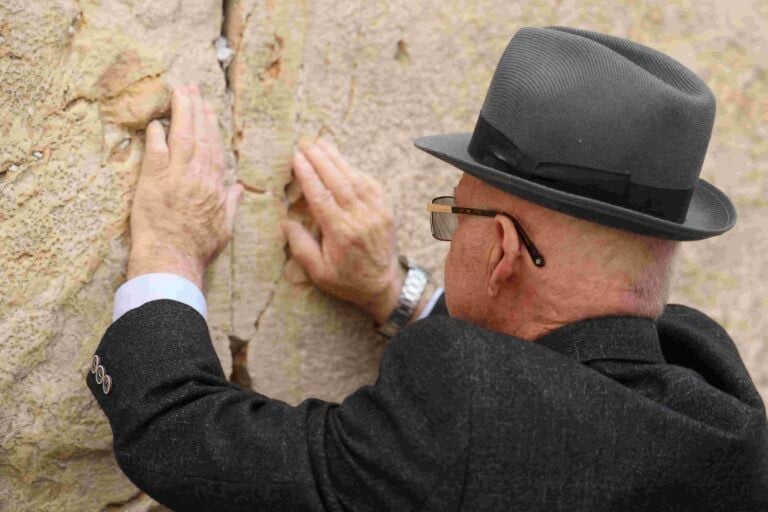|
Getting your Trinity Audio player ready...
|
Rabbi Shmuel Rabinowitz, Rabbi of the Western Wall and Holy Sites
This Thursday is Tu B’Shevat – a seemingly routine day, not a holiday or the commemoration of a historical event, yet it is special in marking the connection between man and vegetation, especially the Jewish people’s connection to the fruits of the Land of Israel. On this day, Jewish communities traditionally taste the fruits of the land, and some even create a “Tu B’Shevat Seder” for family and friends.
The source for marking this date is found in Jewish halacha, specifically regarding the laws of tithes. According to Jewish law, a distinction is made between fruits of one year and fruits of another year in the context of several mitzvot, and the date set for transitioning from one year to the next is Tu B’Shevat. The reason for this date is that it is the time when the process of “chanita” occurs – the stage when the blossoms bud from the tree, and the fruits begin to develop.
Chanita is the initial stage of fruit growth. Most fruits reach the ripening stage during the summer. It’s interesting to note the establishment of the date specifically in the winter months, when the fruits are just beginning to grow.
When observing trees during the winter months, they appear quite barren. Leaves have fallen, and the tree stands bare. However, at a certain stage, the tree produces flowers. From where did these flowers come? From the same period when the tree looks barren and dormant. During the winter, the earth absorbs the rain, and the tree accumulates strength, allowing it, at a certain stage, to begin the journey towards producing fruit.
When the flowers bloom, we know that the tree has fulfilled its mission. It has indeed utilized the winter to embark on its journey. However, the flowers are still prone to withering. In the period of Tu B’Shevat, when the flowers blossom and then fall, and a small fruit emerges, even if it is still somewhat sour – we know that the tree has begun to bear fruit, and by summer, the fruits will grow, ripen, and become sweet and fit for consumption.
The verse “For man is a tree of the field” (Deuteronomy 20:19) is often interpreted as a comparison between man and a tree. Indeed, contemplating the process a tree undergoes teaches us much about the educational and developmental processes of a person.
Parents and educators often encounter a child who seems like a tree in winter, not producing flowers or fruits. Words and persuasion may seem hopeless, and despair may creep into the heart. “What will become of this child?” we sigh, forgetting that even the tree undergoes a difficult winter that seems discouraging.
But there is no good word and no worthy action that does not penetrate the heart. One day the child will grow, produce flowers, and later, fruits. We do not need to wait until the ripening of the educational fruits to rejoice in the child’s success. Even when we see a small fruit, a first step, a slight progress – we can learn that the previous period was not unnecessary. The child absorbed everything, and he needs the right time to embark on the journey and implement the education he received.
Tu B’Shevat marks the moment when we discover that something has happened, something small that teaches about the past and provides hope and joy for the future.









